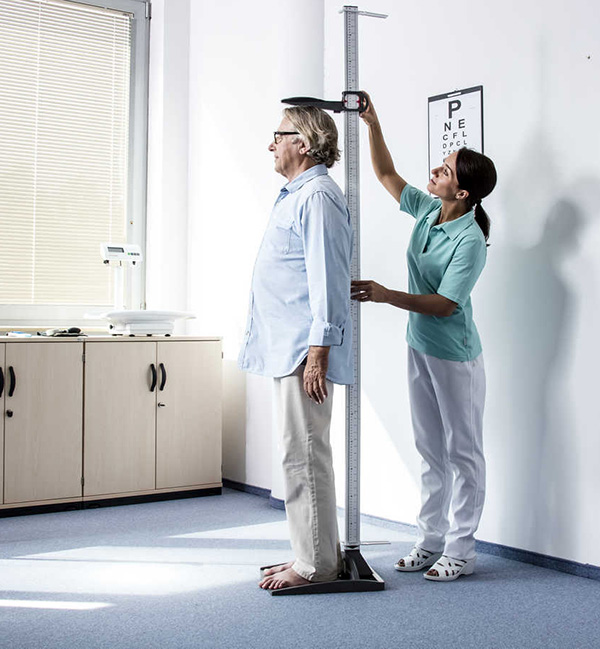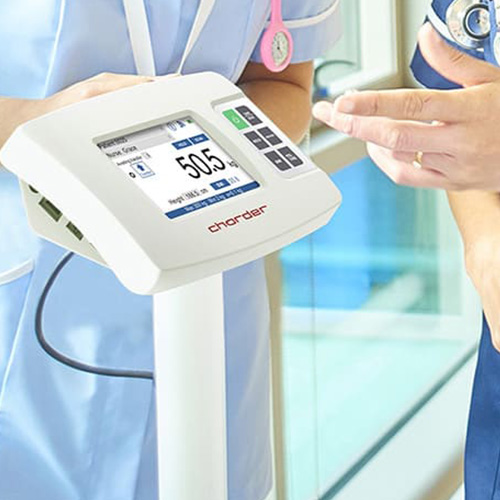How to use the HM250U Ultrasonic Height Stadiometer
Height is a commonly overlooked measurement that is more important than most people imagine, used for calculation of results such as Body Mass Index (BMI) and growth evaluation. This in turn can affect critical actions like medication dosage, which is something where there is little room for error!
What should you do if someone doesn't know their height? The obvious answer is of course to measure it, and not just guess. Typically, this is either done with wall-mounted or scale-mounted stadiometer, such as the Charder HM201M:
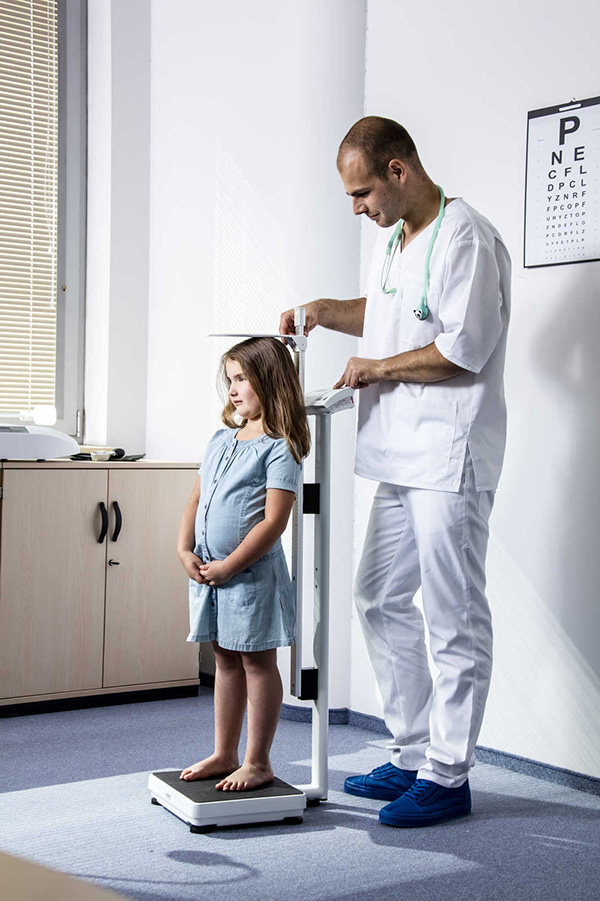
Charder HM201M Height Stadiometer attached to Column Scale
Or a free-standing portable height stadiometer, such as the Charder HM200P:
If you don't have an installed stadiometer, or if you're a traveling practitioner that doesn't have the time to set up a conventional portable stadiometer, then a portable stadiometer like the Charder HM250U is also a practical possibility!
Ultrasonic Height Stadiometers like the HM250U utilize a transmitter and receiver of ultrasonic waves, and the device measures the time it takes for the ultrasonic sound wave to fly from the sensor to the object and back again to calculate distance. A shorter time means the object is closer, and a longer time means the object is farther.
 Image credit: Distance Measurement via Using of Ultrasonic Sensor, Journal of Automation and Control, 2015, Vol. 3, No. 3, 71-74
Image credit: Distance Measurement via Using of Ultrasonic Sensor, Journal of Automation and Control, 2015, Vol. 3, No. 3, 71-74In the case of the HM250U, it measures the subject's height by measuring distance from the ground. Thus, it is important to make sure it is held upright when used, since if held at a tilt, the ultrasonic waves are received at an angle, and thus the results will indicate a longer distance.
The HM250U has a tilt detection system built into it, only allowing height measurement to complete if tilt is minimal (less than 5 degrees), thus ensuring results fall within acceptable accuracy range.
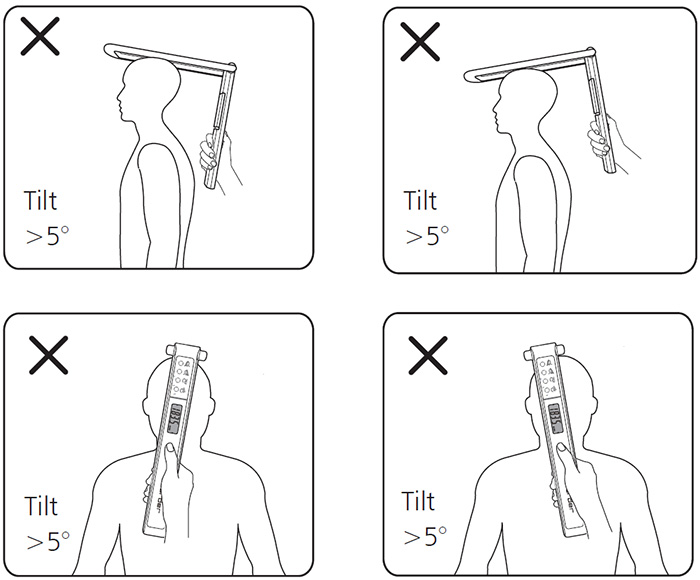
This means that if you don't hold the HM250U upright, the tilt lights will always be on, and it won't allow you to conduct a measurement! It can take a little bit of practice to learn how to hold the HM250U correctly and consistently, and here are a few tips to keep in mind:
1) Use two hands
Most people press the "measurement" button using their thumb. However, it's easy to accidentally shake the device when you press down on the button! To avoid doing this, we recommend holding the HM250U with one hand, and once it's steady, use your other hand to press the measurement button.
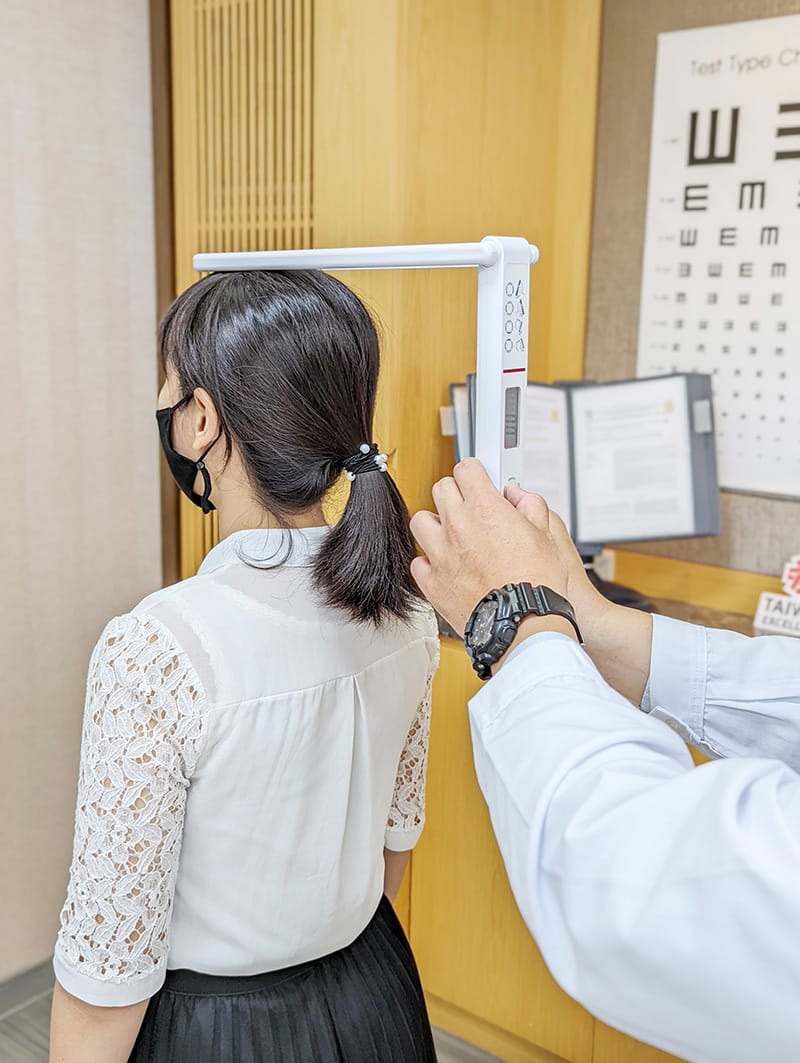
Holding HM250U upright with one hand, pressing "measurement" button with the other
(also, make sure the hand holding the HM250U isn't blocking the bottom sensor!)
2) Place the tip of the head stopper on top of the subject's head
If the HM250U is too close to the subject's body, the ultrasonic waves might bounce off their feet or body instead of the ground, affecting measurement accuracy.

HM250U held too close to subject, and bottom sensor too close to subject's back, affecting measurement accuracy
To avoid this, try and place the tip of the HM250U's head stopper on top of the subject's head (in other words, as far from their body as possible), and also make sure the operator's feet also are not in the way.
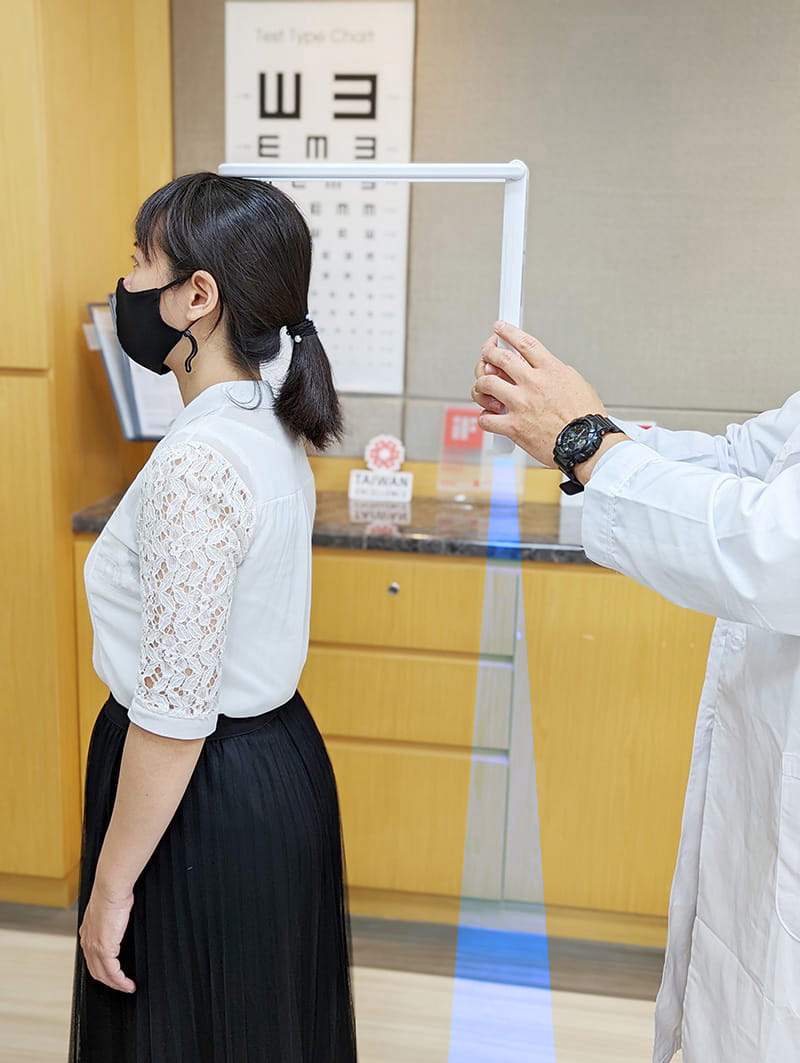
Tip of head stopper placed on subject's head, to avoid interference from the body
3) Make sure the floor is suitable
Due to the way ultrasonic waves work, the signal will be disrupted if it bounces off soft surfaces such as some carpets, or reflective surfaces like some marble/polished floors.

Accuracy of ultrasonic measurement will be affected by carpet
 Reflective floors may affect accuracy of ultrasonic measurement
Reflective floors may affect accuracy of ultrasonic measurementFor most accurate results, please make sure that the floor is hard and non-reflective.
Please feel free to contact Charder if you have any questions about using the HM250U correctly!
